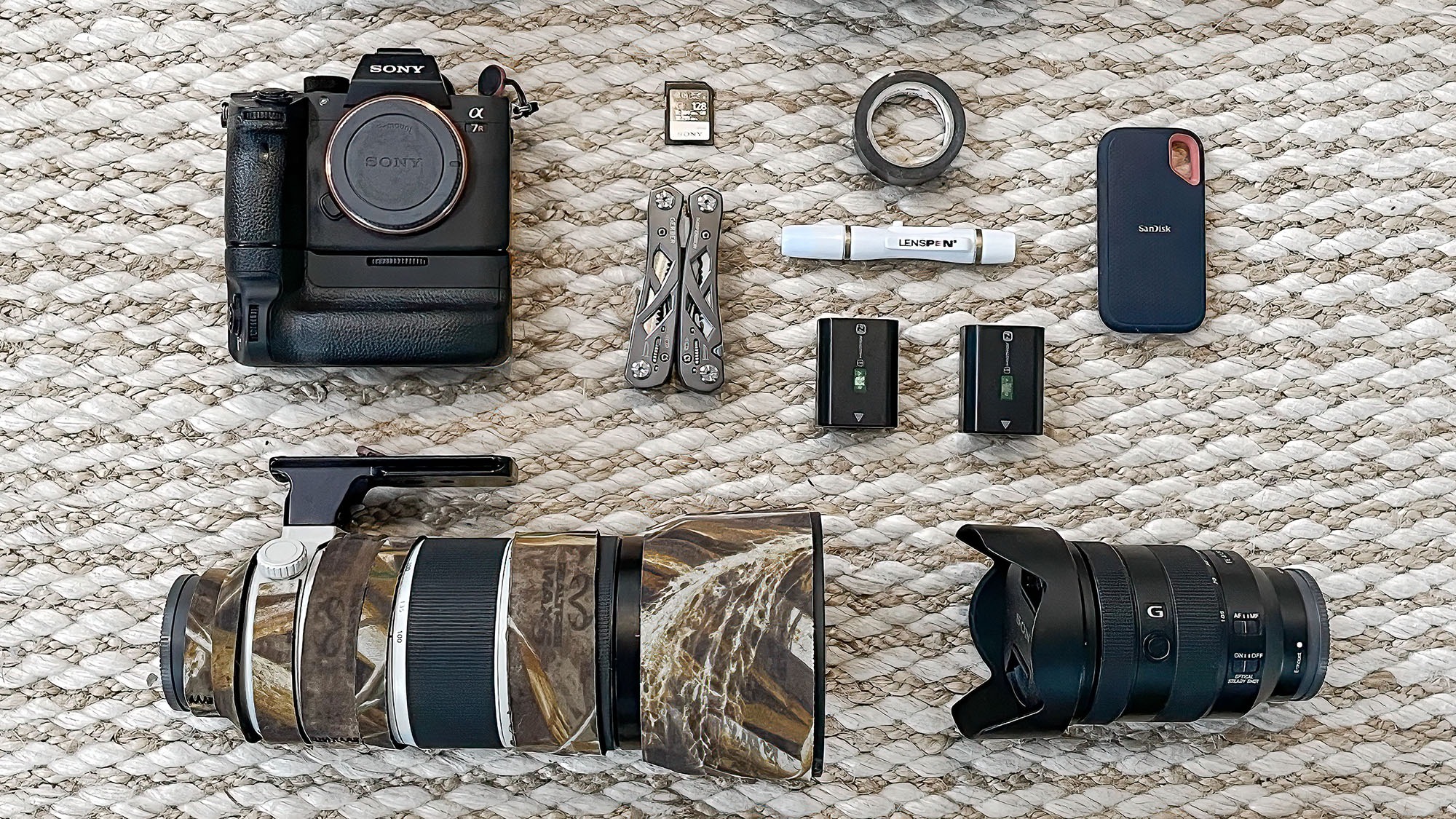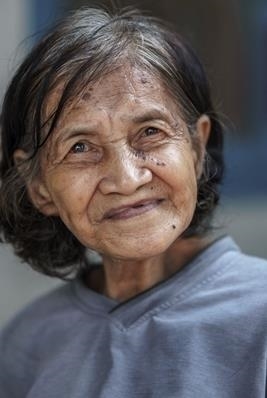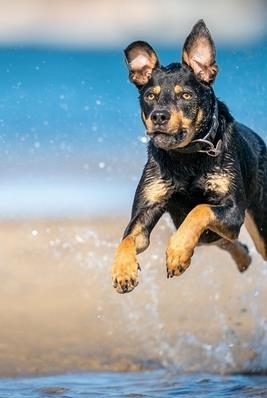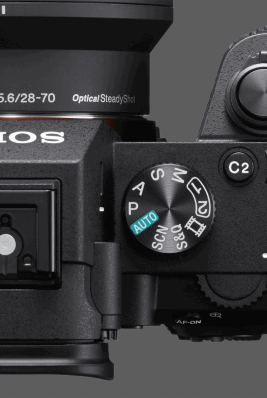Based in New Plymouth, New Zealand, Simon Pierce (@simonjpierce) is a marine conservation biologist and wildlife photographer with a passion for capturing images of endangered species. He travels extensively and is constantly using photography to help show the hidden lives of wildlife. We sat down with Simon to learn more about the gear he packs in his bag.

Alpha 7R III Full-frame Camera
I've been shooting with the Alpha 7R III since 2018, and absolutely love them (I've bought two now). I often undertake projects in remote areas, so I need a tough, flexible, and compact system that offers both high resolution and speed. The Alpha 7R III delivers on all fronts. They've travelled with me from the Arctic to Antarctica, from mountain cloud forests to the Galapagos Islands, so I know I can rely on them in any environment.
I love the photographer-friendly customizability of Sony Alpha cameras, as it allows me to program direct access to the key settings I need via the external buttons – whether that be for rainforest wildlife, free-diving with the camera in an underwater housing, or manual-focus macro work. Photo editors also love the 42 megapixel files, as it gives them the option of using the full image or cropping in to show details.

Polar bear on Arctic sea ice. Photo by Simon Pierce
Sony Alpha 7R III with FE 100-400mm G Master lens and 1.4x Teleconverter. 1/1600 sec, f/8, ISO 400
FE 100-400mm F4-5.6 G Master Super Telephoto Zoom Lens
This is my favourite lens and my go-to for most wildlife subjects. It's compact and light enough for me to hike with, or to hold easily while I’m bouncing around in a small boat. The 100-400mm GM is very sharp, focuses almost instantly, and the zoom range means I can capture anything from landscapes to small birds.

Leopards in South Africa. Photo by Simon Pierce
Sony Alpha 7R III with FE 100-400mm G Master lens. 1/200 sec, f/5.6, ISO 6400

Minke whales in Antarctica. Photo by Simon Pierce
Sony Alpha 7R III with FE 100-400mm G Master lens. 1/2000 sec, f/8, ISO 500
FE 200-600mm F5.6-6.3 G Super Telephoto Zoom Lens
If I know I'll need extra 'reach', this becomes my primary lens. It's a fantastic option for birds or for less approachable subjects, like polar bears. It's also very sharp, and has a nice background blur for portrait shots.

Yellow-eyed penguin in New Zealand. Photo by Simon Pierce
Sony Alpha 7R III with FE 200–600mm G lens. 1/500 sec, f/6.3, ISO 2000
FE 24-105mm F4 G Standard Zoom Lens
I typically have two cameras at the ready, one with a telephoto lens and the 24-105mm on the other. The 24-105mm is a light, flexible, and sharp lens that is excellent for animal-in-environment photos ('wildlifescapes'), or for when a close approach by the animals is possible – which happens surprisingly often if you radiate a friendly vibe!

Gentoo penguin learning to swim in Antarctica. Photo by Simon Pierce
Sony Alpha 7R III with FE 24-105mm G lens. 1/640 sec, f/6.3, ISO 320
FE 70-200mm F2.8 G Master Telephoto Zoom Lens
I'm going to include this here because, although I don't own it yet, I borrowed one earlier this year for a specific low-light project – photographing sea lions in dark New Zealand coastal forests – and I definitely want it now!

New Zealand sea lion pup. Photo by Simon Pierce
Sony Alpha 7R III with FE 70-200mm G Master lens. 1/1600 sec, f/7.1, ISO 2500
Accessories
Sony Tough Series UHS-II Memory Cards
I'm often shooting thousands of photos for several days on end, so I use 128 and 256 GB memory cards. While I'll copy the photos over to my laptop (and a SanDisk 2TB SSD) after each session, these large cards give me some redundancy in case of disaster. The fast data transfer speeds of these UHS-II cards also allow my camera buffer to clear fast when I’m shooting action.
Sony VG-C3EM Vertical Grip
I'll add this vertical grip to the camera in polar regions when I’m wearing gloves while shooting from small boats. It gives me extra purchase when my dexterity is reduced in cold and wet conditions.

Atlantic puffin in Svalbard. Photo by Simon Pierce
Sony Alpha 7R III with FE 100-400mm G Master lens. 1/2000 sec, f/6.3, ISO 320
Peak Designs Straps
I use a Slide Lite strap with the 100-400mm and a slightly thicker Slide strap with the 200-600mm.
LensCoat Lens Covers
These camouflaged neoprene lens covers keep contrast down in the forest, so it doesn’t surprise animals when I raise the camera. They also add grip in cold or wet conditions.
Monopod + MonoGimbal Head
I use a Gitzo 4-series (long) monopod, which extends to 190cm in case I need to shoot up into a tree for long periods, with a Wimberley MH-100 MonoGimbal head. It’s a great setup for static photography with the 200-600mm, such as when I'm lurking near a seal colony.

Galapagos land iguana. Photo by Simon Pierce
Sony Alpha 7R III with FE 100-400mm G Master lens. 1/1250 sec, f/8, ISO 800
Replacement Lens Feet
I use Arca-Swiss compatible lens feet on the telephoto lens so I can quickly attach them to the MonoGimbal. They also make for useful carry handles.
Electrical Tape and Pocketknife
My field toolkit. A small loop of tape becomes a useful pull-tab for the LCD screen when I’m using gloves.
Think Tank Emergency Rain Covers
If it really starts pelting down, my cameras go into the covers so I can keep shooting. They stay dry. Me, not so much.

Bearded seal in Svalbard. Photo by Simon Pierce
Sony Alpha 7R III with FE 100-400mm G Master lens. 1/1600 sec, f/8, ISO 800














